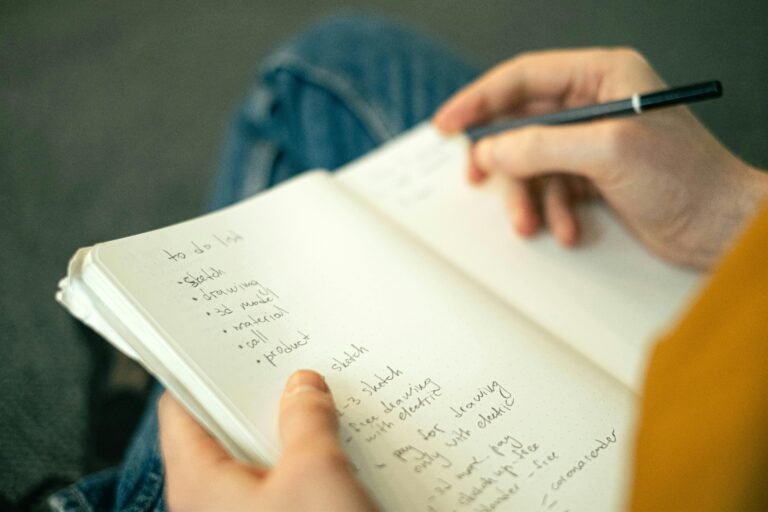If you’ve ever felt like you spend all day pretending to be “normal,” holding in your quirks, or forcing yourself to keep it together when your brain wants to do anything but, you might be masking.
ADHD masking is real, and it’s draining. A lot of people with ADHD do it without even realizing. Let’s break down what it is, why we do it, and how it shows up in everyday life.
So What Is Masking Exactly?
Masking is when someone with ADHD hides or minimizes their symptoms to fit into social norms or meet other people’s expectations.
It’s like putting on a costume to make your behavior look more “acceptable” or “easy to handle.”
Some examples of masking include:
• Forcing yourself to sit still even when you’re jittery
• Pretending to pay attention when your brain has checked out
• Overexplaining or overapologizing to avoid looking forgetful or scattered
• Faking confidence or control in high-stress situations
• Repeating phrases in conversations so you seem engaged
• Copying other people’s habits to blend in
It’s basically the opposite of being authentic. You’re editing yourself constantly.
Why People With ADHD Mask
There are a lot of reasons someone with ADHD might mask, including:
• Fear of being judged or rejected
• Trying to avoid being labeled lazy or difficult
• Social pressure to act “put together”
• School or work environments that don’t accommodate neurodivergence
• Past experiences of being criticized or punished for being different
Over time, masking becomes second nature. But just because it’s common doesn’t mean it’s harmless.
The Hidden Cost of Masking
Masking takes a serious toll on your mental health.
When you’re constantly trying to suppress how you naturally think or act, your brain burns out. You might feel:
• Mentally exhausted after social situations
• Disconnected from your identity
• Anxious about being “found out”
• Emotionally numb or drained
• Like you have to be someone else to be accepted
People who mask often appear “fine” to others but are struggling internally. The pressure to hold it all together eventually catches up.
Masking vs Coping
Masking is not the same as learning healthy coping strategies.
Coping is when you find tools that help you manage your ADHD in a way that supports your well-being.
Masking is when you hide your ADHD so others don’t feel uncomfortable.
Example:
Coping is setting reminders to stay on track.
Masking is pretending you don’t need reminders and panicking when you forget something.
Learning to cope is empowering.
Masking is about survival and self-protection, but it often makes things harder long term.
How to Start Unmasking
Unmasking isn’t about giving up or being messy on purpose. It’s about giving yourself permission to be real and find support that fits your brain, not someone else’s expectations.
Here’s how to start:
• Notice when you’re performing vs just being
• Journal about what behaviors feel natural and what feel forced
• Talk to people you trust about your ADHD
• Set boundaries around what you’re willing to fake or suppress
• Find communities where you don’t have to explain or justify yourself
Unmasking takes time. It’s not an instant switch. But every time you let your real self show, even a little, you’re building a safer space inside your own life.






